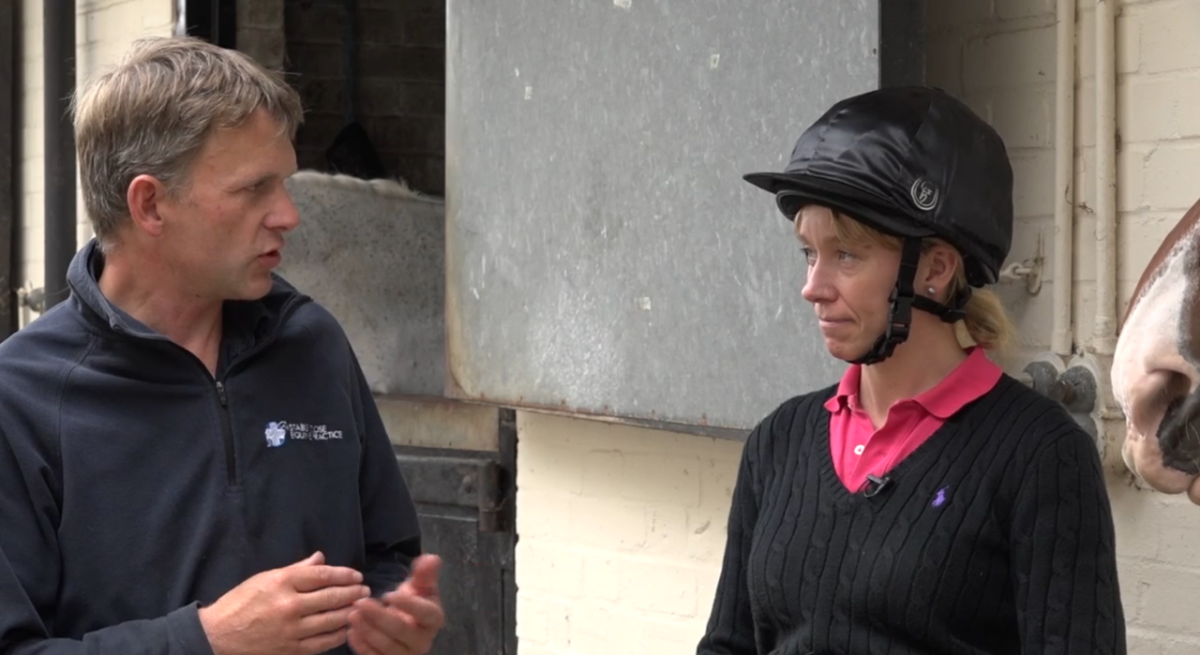
Equine veterinarians have one of the highest injury risk of all civilian professions. To help address this serious issue, the British Equine Veterinary Association (BEVA) has launched a campaign to encourage horse owners to help reduce the risks that vets sometimes face. Don’t Break Your Vet comprises a series of short videos, featuring vet and equine behaviourist Gemma Pearson, providing quick and simple ways of teaching horses to be quiet, relaxed and safe for injections, clipping, worming, examinations and other veterinary procedures. The campaign is supported by some of the UK’s leading riders and competition grooms. Equine practices can share the video links with their clients here.
According to a paper recently published in the journal Equine Veterinary Education, an equine vet may expect to sustain between seven and eight work-related injuries that impede him or her from practicing during a 30-year working life. This is far a higher figure than other civilian occupations such as the construction industry, prison service and the fire brigade. Bruising, fracture and laceration to the leg or the head were the most common injuries reported with the main cause being a kick with a hind limb. Nearly a quarter of these reported injuries required hospital admission and 7% resulted in loss of consciousness.
“Many accidents reportedly occur when vets are trying to work with horses who have learnt to avoid examination or treatment and where handlers are not in full control,” said David Mountford, CEO at BEVA. “Gemma’s work at the Royal (Dick) School of Veterinary Studies and her amazing videos show how a little preparation can have a big impact on horse, owner and vet safety.”
David Catlow, Blue Cross director of clinical services, commented: “These videos are a superb resource to help with behaviour training in horses and to help them remain calm and manageable in all sorts of circumstances. Time spent on behaviour training of horses, using positive reinforcement methods such as these, is time well spent for everyone’s safety. Blue Cross invests a great deal of time in behaviour training on the horses we rehome, and it works.”
The seven practical videos cover how clients can train and prepare their horse for:
- Easy injections
- Learning to stand still
- Calm clipping
- Leading and trotting up
- Happy Heads
- Clicker Training
- Worry-Free Worming
David Mountford continued: “These videos make interesting viewing for vets as well as horse owners and build on Gemma’s eBEVA webinar “Practical Equine Behaviour” and the Guidance on Managing Equine Risks that BEVA has produced.”
You can watch the videos here.
Reference: http://onlinelibrary.wiley.com/doi/10.1111/eve.12891/full
Further information contact sarah@brightbayconsulting.co.uk








